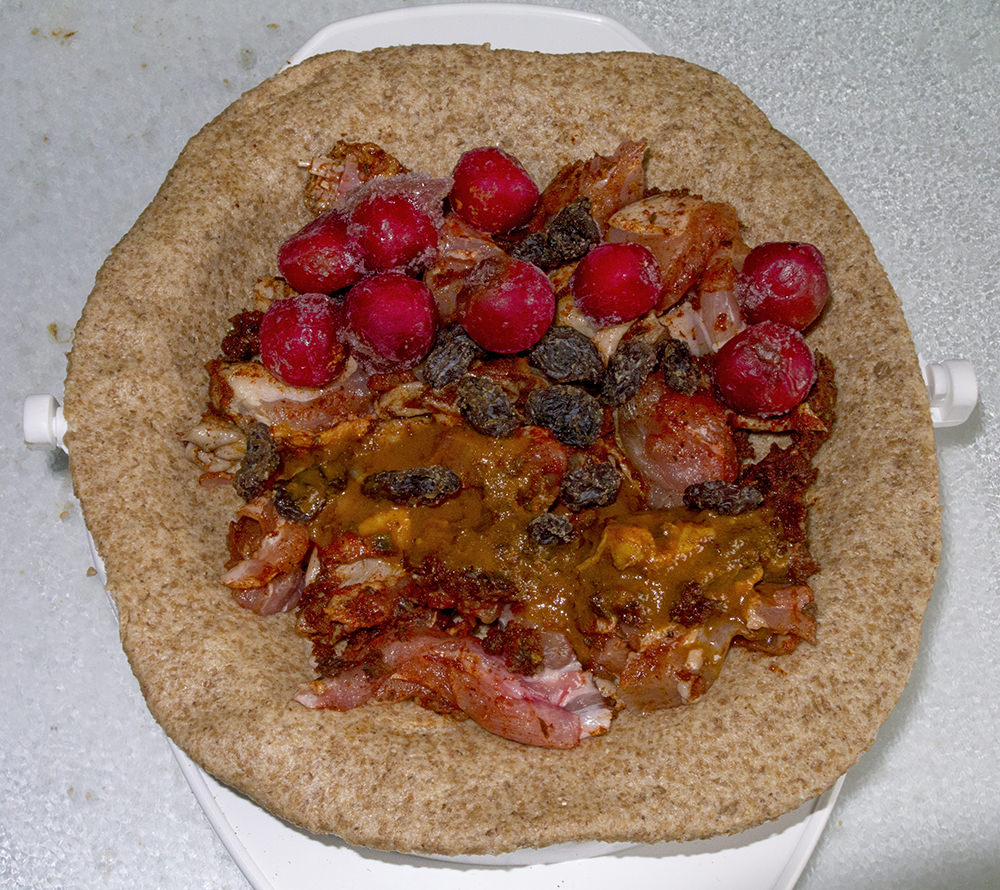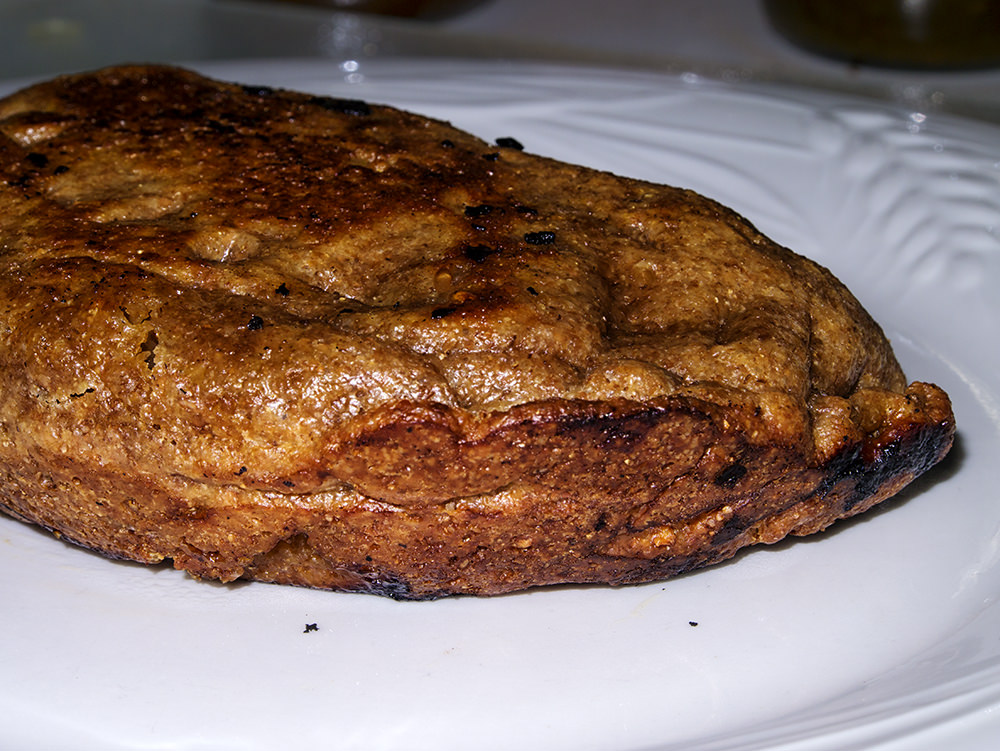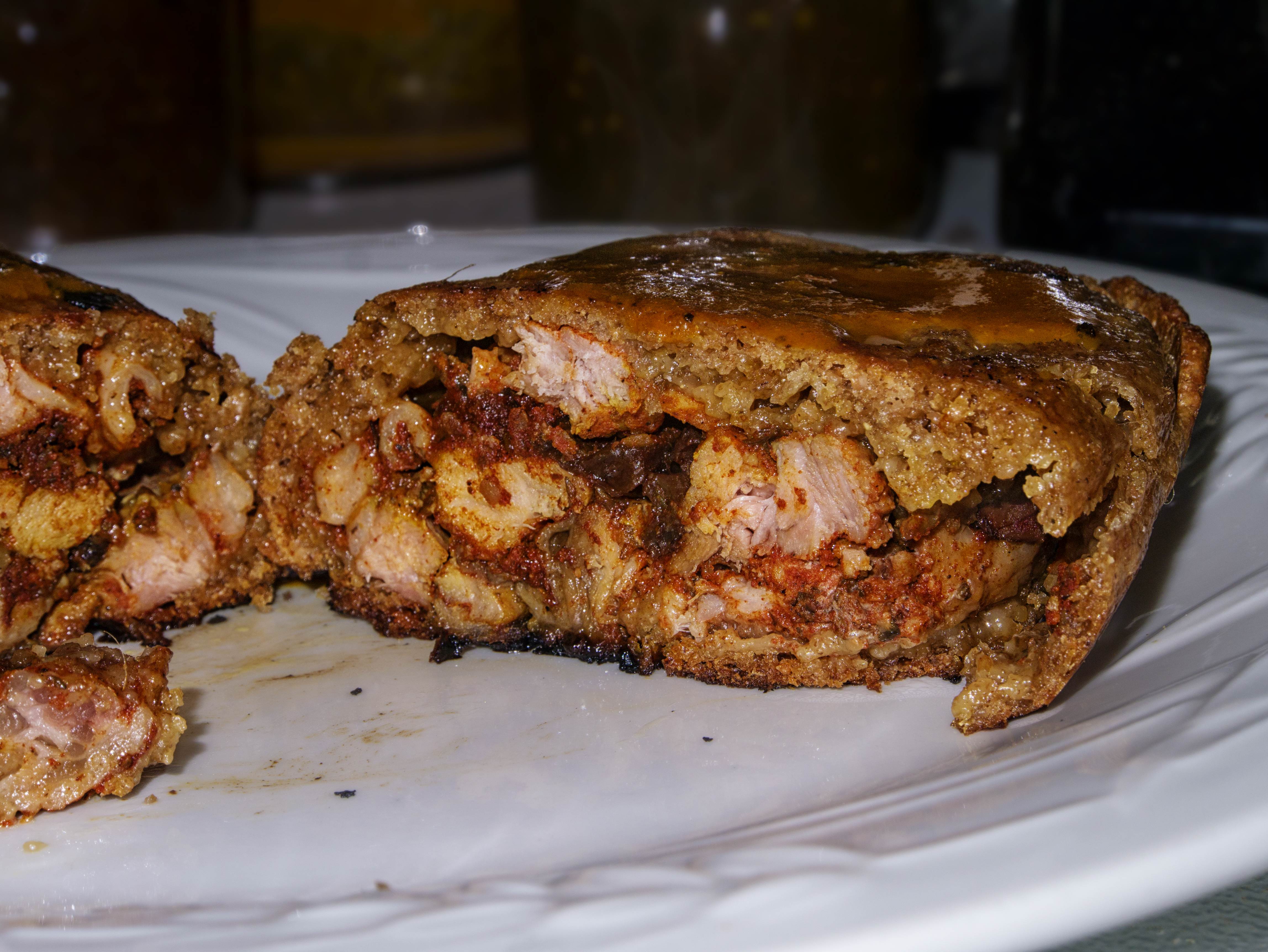The pasty recipe you posted should make into tasty pasties...although not like the original Cornish ones. Never saw a recipe that included peas.
One of my daughter-in laws is from northern Spain and is a serious, dedicated cook and she's thinking of making pasties w/ a Spanish flair.....and they no doubt would be delicious. The Spanish have something similar to a pasty although not as thick.....it's called an empanada....which might be popular in CA.
Actually a pasty could have all sorts of variations to please every palate.
When MLer elk hunting in CO, a pasty would be my lunch and lunch time was always too far off so many times the pasty was eaten quite early in the AM......just couldn't wait.....Fred
One of my daughter-in laws is from northern Spain and is a serious, dedicated cook and she's thinking of making pasties w/ a Spanish flair.....and they no doubt would be delicious. The Spanish have something similar to a pasty although not as thick.....it's called an empanada....which might be popular in CA.
Actually a pasty could have all sorts of variations to please every palate.
When MLer elk hunting in CO, a pasty would be my lunch and lunch time was always too far off so many times the pasty was eaten quite early in the AM......just couldn't wait.....Fred








